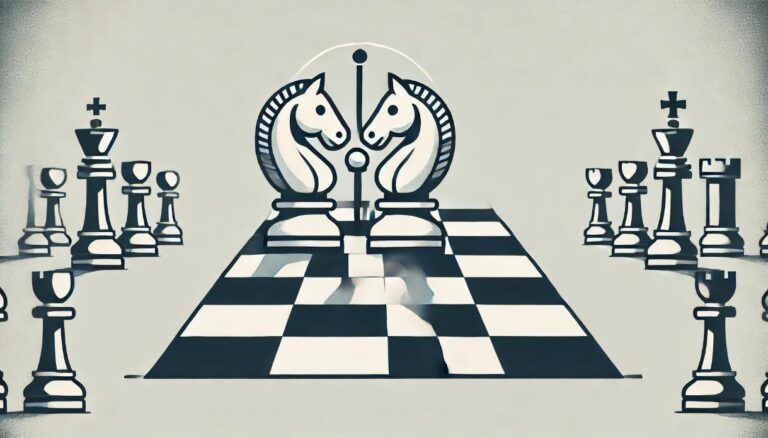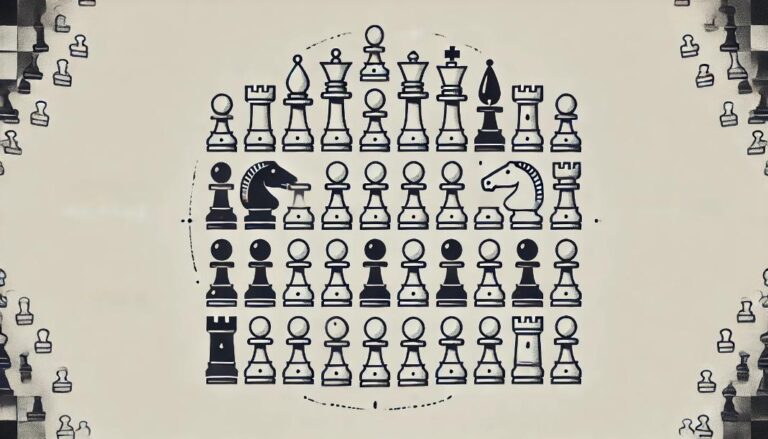Castling is one of the most unique and strategic moves available in the game of chess. This maneuver allows a player to do two important things: move the king to safety away from the center of the board, and develop the rook from its original position into a more effective square. Properly understanding and executing castling can significantly enhance your defensive strategy while setting up potential offensive moves. In this article, we’ll break down the fundamentals of castling, discuss the conditions under which you can castle, and explain the differences between castling kingside (short) and queenside (long).
What is Castling?
Castling involves two chess pieces: the king and one of the rooks. It is the only move in chess that allows a player to move two pieces simultaneously. The primary objective of castling is to protect the king and activate the rook. During the castling process, the king moves two squares towards the rook it intends to castle with, and then the rook moves to the square immediately past the king.
Conditions for Castling
To execute a castle, certain conditions must be met:
- Neither the king nor the rook involved may have previously moved.
- There must be no pieces between the king and the rook.
- The king must not be in check, nor can castling move it through a square that is under attack, or into check.
Ensuring these conditions are met is crucial for a successful castling move. It’s also important for players to recognize that while castling is a defensive move, the timing and positioning could have significant strategic impacts.
Castling Kingside (Short Castling)
Castling kingside, commonly known as short castling, is the most frequently executed form of this move because it is generally safer and quicker. In short castling, the king moves two squares towards the kingside rook, and then the rook moves to the square directly next to the king on its opposite side.
Advantages of Short Castling
- Faster to execute: Since only two squares separate the king and the rook, it’s quicker and helps speed up your game development.
- Enhanced protection: The king often ends up being better shielded by pawns and other pieces on the kingside.
Strategy Tips
When planning for short castling, consider pawn structures and potential threats from your opponent’s bishops, queens, or rooks. Keeping control over squares that enemy pieces can target near your castled king is key to maintaining the king’s safety.
Castling Queenside (Long Castling)
Queenside castling, or long castling, involves the king moving three squares towards the queenside rook, which then moves to the square immediately next to the king on the opposite side. This type of castling is less common due to the larger number of squares covered and the typically less protected nature of the queenside.
Advantages of Long Castling
- Active rook placement: The rook is placed more centrally, immediately into the game, which can be a tactical advantage.
- Surprising shift in play: It can shift the dynamic of the game and throw off an opponent’s plans.
Strategy Tips
Long castling often requires more preparation as it involves ensuring that three squares are clear and that the king does not cross an attacked square. Managing a safe environment on the queenside is crucial, as it tends to be more open and vulnerable to attacks post-castling.
Conclusion
Mastering when and how to castle can drastically change the course of your chess games. Both forms of castling have their strategic merits and potential pitfalls. Players should weigh these carefully within the context of their overall game plan. Remember, the ultimate goal of castling is to safeguard your king and bring your rook into play effectively. By understanding the intricacies of both short and long castling, you can enhance your defensive maneuvers and capitalize on your strategic opportunities in the game of chess.






